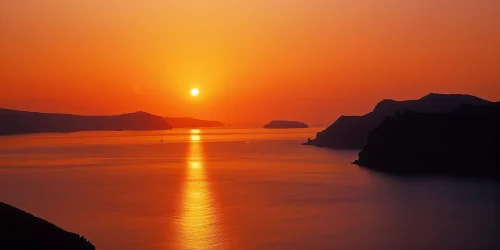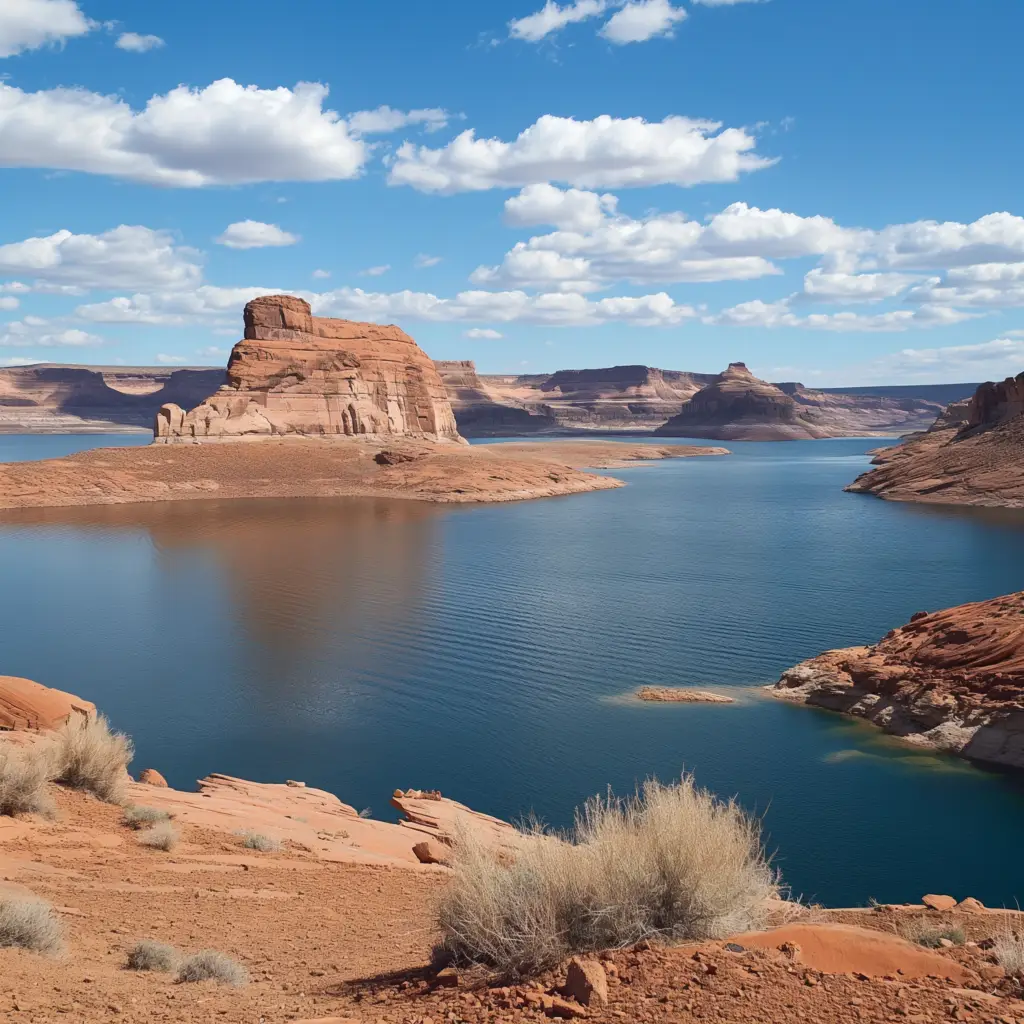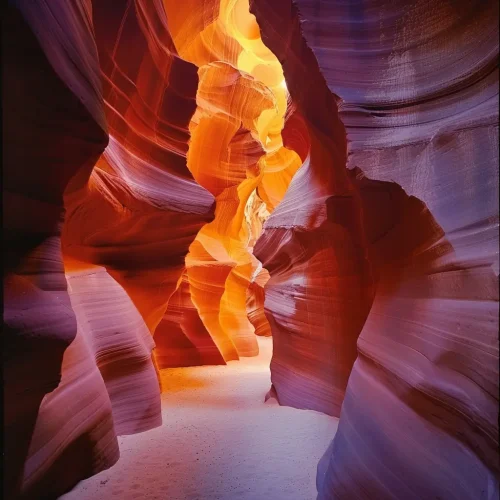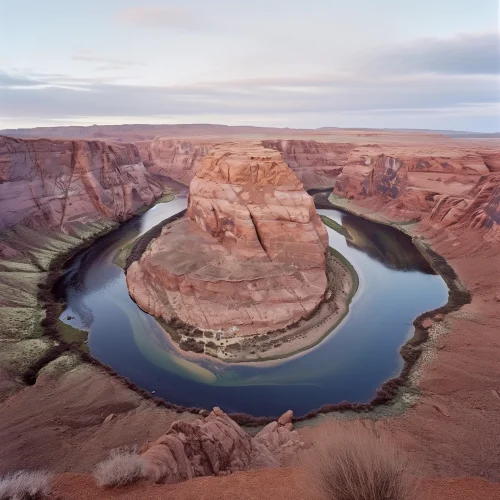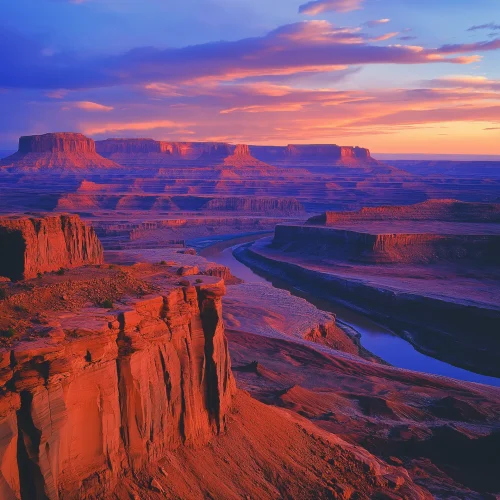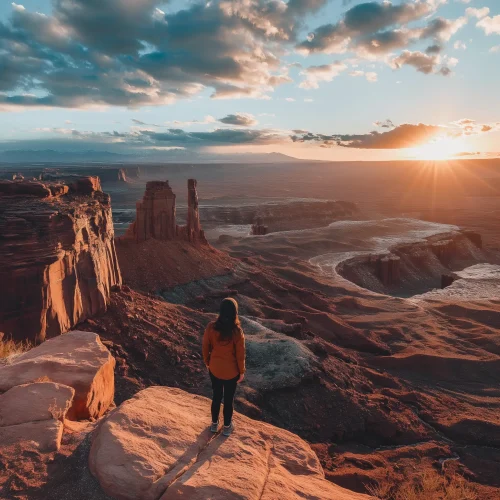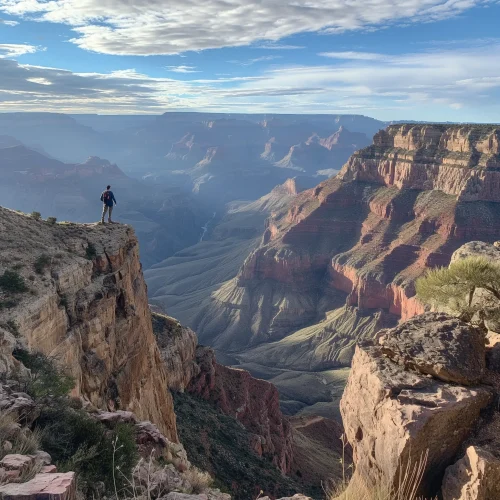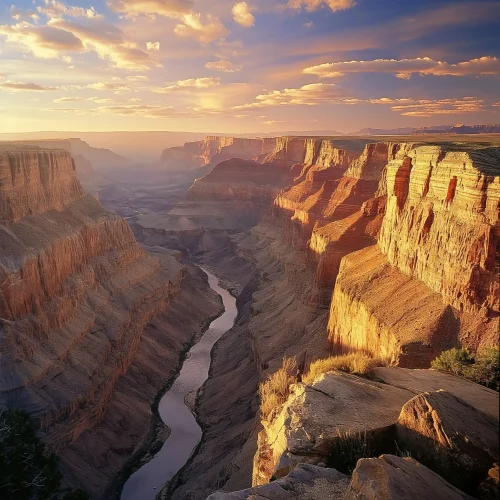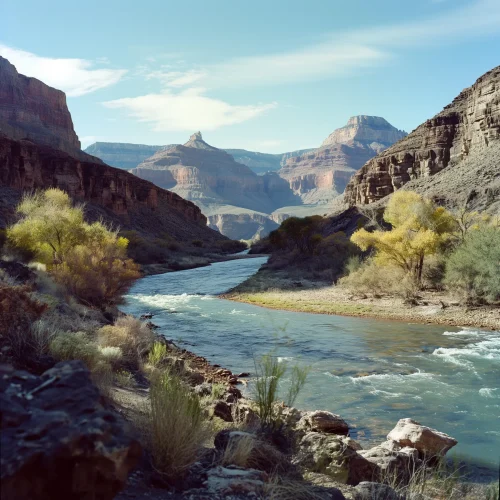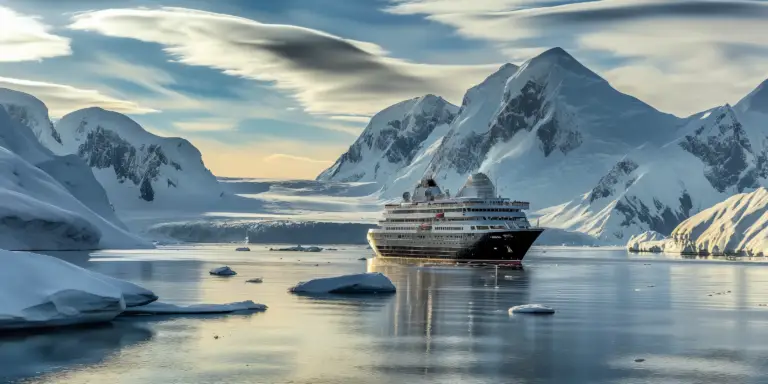Lake Powell, one of the largest man-made reservoirs in the United States, is nestled amidst the rugged desert landscapes of northern Arizona and southern Utah. This expansive body of water was created by the damming of the Colorado River with the construction of Glen Canyon Dam in the 1960s. Stretching over 186 miles, Lake Powell is famed for its crystal-clear waters and intricate shoreline which features nearly 2,000 miles of coves, inlets, and cliffs. The reservoir is a popular destination for boating, water sports, and fishing, attracting millions of visitors each year who seek both adventure and solace in its vast, scenic waters.
The geography of Lake Powell is marked by its dramatic red rock scenery which forms a stunning contrast with the azure blue of the water. This setting not only provides breathtaking views but also hosts a variety of recreational activities. Houseboating is particularly popular here, allowing visitors to explore the lake’s numerous side canyons and hidden coves at a leisurely pace. Additionally, kayaking and jet skiing offer more intimate ways to connect with the natural beauty of the lake. The surrounding area is also ripe for hiking, with trails offering panoramic views of the lake and its desert surroundings.
Environmental considerations are paramount at Lake Powell, as the reservoir plays a crucial role in the Colorado River Basin’s water management system, providing water storage for drought and flood control. However, it faces challenges such as water level fluctuations and ecological impacts on native species and habitats. Conservation efforts are ongoing to balance the needs of human use with environmental preservation. This dynamic makes Lake Powell not just a hub of recreational activity, but also a focal point for discussions on sustainable water usage and ecological conservation in the arid regions of the American Southwest.
